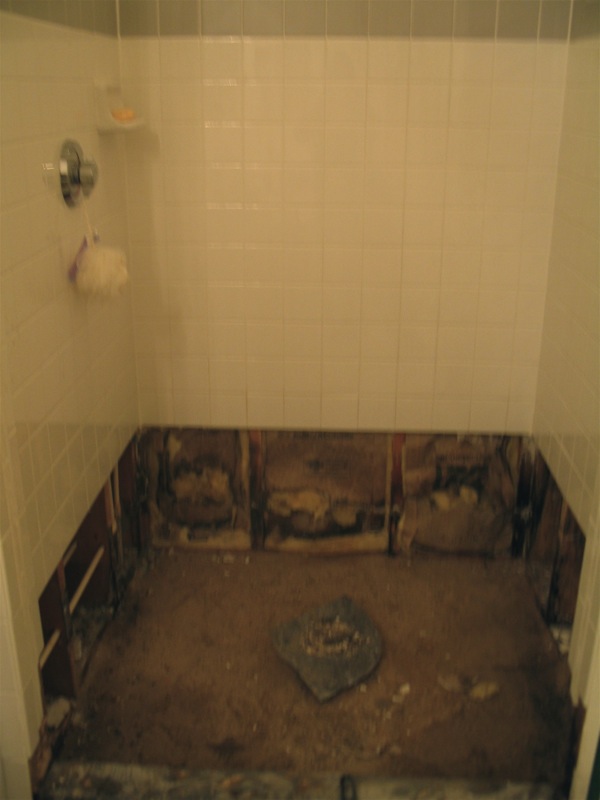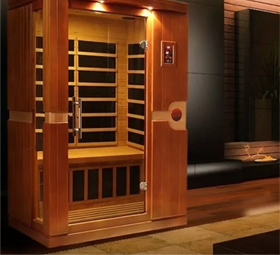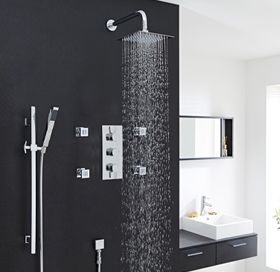
Mold and mildew are everywhere, but it is important to keep them out of your home. Below are 4 tips on how to get rid of it.
Mold is a moisture problem. If you clean up your mold but don’t solve your moisture problem, you’re just inviting mold to come back at a later date. Clean and dry water-logged or water-damaged areas within 24 hours to prevent mold from growing.
Mold often presents itself in bathrooms (because of showers) and kitchens (because of sinks). Be sure to wipe away excess water on your sink and open windows in a bathroom after showering.
Use vinegar. Pour undiluted white or apple cider vinegar into a spray bottle. Spray the moldy surface with the vinegar and wash affected area thoroughly with a brush. Dry area completely.
Use the vinegar solution only on non-porous surfaces such as tiles — not on wood.
Unlike bleach, vinegar is non-toxic and does not give off heady fumes. A mild acid, vinegar is said to be about 80% effective at destroying mold, mildew, and their respective particles. Source: WikiHow
If your walls are covered in black stains, you shouldn’t go it alone. They may be a sign of a much bigger problem; call a pro. However, to remove occasional brown or black spots from painted walls, mix up a solution of one cup chlorine bleach and one gallon of warm water. Don rubber gloves, dip a scrub brush in, and scour the section (being careful not to splash yourself or nearby fabrics). Let the solution set a few minutes; rinse with a wet cloth. Cleaning the plastic shower-curtain liner is even easier: Launder it in hot water on the gentle cycle with detergent and chlorine bleach; add a few old towels to balance the load. Dry on low heat for just a minute or two. When it’s dry enough to carry (and not dripping), rehang it, spread out, on the rod. Source: Goodhouse
Baking soda is mildly abrasive, so it’s ideal for scrubbing away the remnants of mildew and mold. It works especially well in tough spots like grout, where mildew can leave stains behind even after it’s killed. Make a paste out of baking soda and water and simply work it into the surface with a scrub brush or sponge. Rinse with white vinegar to eliminate the white residue that baking soda leaves behind.
Hydrogen peroxide is another way to kill mildew naturally. Just apply it full-strength directly to affected surfaces, let it sit for at least ten minutes and then wipe the mildew away. Source: MNN
If scrubbing doesn’t work, the experts agree that bleach is the best alternative. Start by making a solution of 3 parts water to 1 part bleach, or buy a formula that contains a small amount of bleach. If that doesn’t work, try using a more concentrated solution; Starns has had luck with Zep Mold & Mildew Stain Remover. Just don’t mix different solutions as you try to find one that works! Combining solutions that contain bleach and ammonia gives off toxic fumes with life-threatening side effects. You might also consider using a steam cleaner, says Johnson, with a brush attachment that will tackle growth with high heat. Source: WomansDay
Don’t panic if the mold and mildew returns, this is a common occurrence, and you’re now well armed with tips on how to deal with it. If you want to learn more, please contact us here.
Contact Us:
Eago Parts
Phone: Toll Free 1-888-556-1912
Calgary, Alberta
Email: info@eagoparts.com










